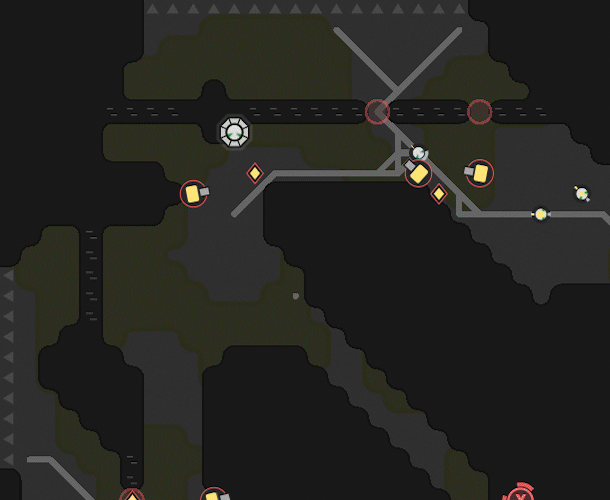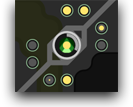

If during the execution of the else/ifs a condition is met and/or fails (depending on setup) then the spawn is told to spawn a creep to replace the deficit. The tutorial sets up a way to do this in the form of a 'headcount', every tick creeps are tallied up and check against hard-set values in a flowing else/if condition setup. And if the worse happens and a colony is wiped out, the spawning system needs to be able to re-start itself. This does make creeps more dynamic, however, as their bodies are often suited for multiple tasks, the tend to be bigger/more energy expensive depending on user setup, then a specific role creep who does one thing.Īutomatic Spawning Īs creeps only have a limited life-span, the next filter is making sure a colony is maintained with new creeps, when the old ones die of old age or other factors without direct user intervention. In this way, an individual creep only needs to worry about the task/goal it was assigned and take actions accordingly, but can also when done be assigned a new task/goal. Roles can be made to fit almost any situation, but the creeps who do them often are 'locked' into their specific role unless logic specifies elsewise, meaning at base, if a creep has completed its task and there are no more tasks for it to do, unless the user specifics something more/new for it to do, it will sit until conditions change in that it can act again.Īnother type of of creep management is generic creeps, in where a creep's body is formatted to be useful for several tasks and the creep is assigned a task/goal based on a colony's needs, stresses or environmental conditions. The tutorial for Screeps presents a solution in roles, where each creep is assigned a role and based on that role they have logic to do actions based on their environment.
#SCREEPS FILTER STRUCTURES HOW TO#
It is up to the user, how to structure their bot. There are several methods for this, and the ones listed here are by no means 'the only way'. A user and subsequently their bot, needs to be able to have creeps do tasks automatically based on the conditions of their environment. The first step is to have one creep take an action, however, a user inputting multiple actions one a creep manually is not effective as a colony grows even a little.

Each compound is applied to one creep body part using the Structure.boostCreep method. Labs can also be used to boost creeps with the resulting compounds. A lab can produce 1 unit per tick, and can only hold one mineral at a time. To do this, at least three labs are required - two to hold the components, and the third to hold the produced compound. Harvesting a mineral requires an extractor, and works the same way as mining a source.īase minerals are useless on their own, and must be combined with each other to have any effect. Each room contains only 1 mineral, so access to several rooms or trading is required to make mineral compounds.


 0 kommentar(er)
0 kommentar(er)
